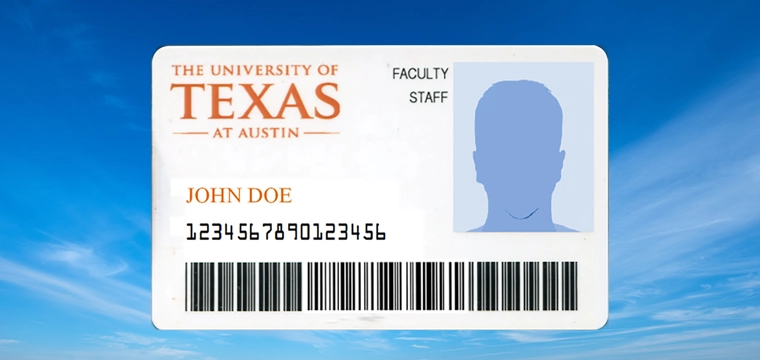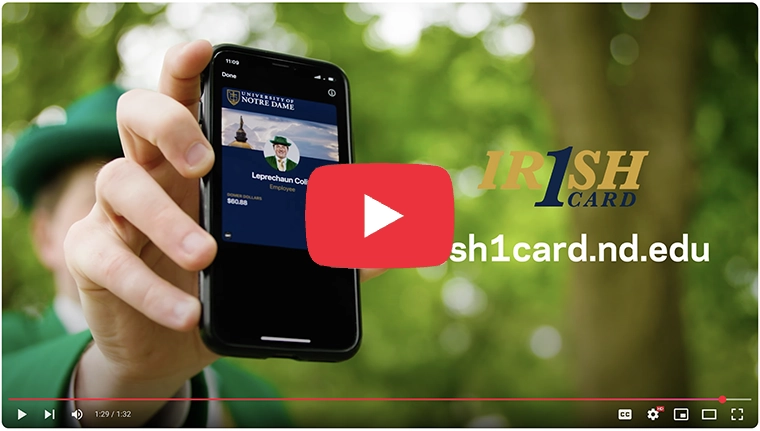
How to save 10 to 15 seconds per ID card issued, and verify identity
 By: Tom Stiles, executive director of the Identification Systems Group
By: Tom Stiles, executive director of the Identification Systems Group
Colleges and universities spend a lot of time and money attempting to speed up the process of issuing ID cards. As an example, they look for card printers that are faster and require less frequent supply changes or they move to online photo submission. While both of these practices save time, there’s another time consumer that can be easily overlooked: the recall of records from your database.
The typical record recall process sees the operator select the “Search” icon, fill in some fields of data such as first and last names, and hit “Enter.” This can often result in more than one name being recalled if the name is a common one. Then, the operator has to select the correct person based on another data field like date of birth. I estimate this process to average 10-15 seconds each time it is done.
In many systems, there is a chance the record is not found and thus needs to be entered manually. This occurs if the main database has not updated the ID database. For institutions that have this issue, the normal process for missing records is to manually enter the information – a process that can take 60 seconds or more to complete per entry.
Shaving valuable seconds
A simple and inexpensive system called SmartReg is the answer to both speeding up the recall process and facilitating the identification of fraudulent cards all while complying with common identity theft requirements.
Bear with me here! Since you are already asking to see the driver license, simply swipe it in the SmartReg reader and the correct record is instantly recalled – instantly saving the 10-15 seconds mentioned earlier.
I have seen hundreds of fake IDs and none have ever been encoded correctly. And because fraudulent IDs rarely, if ever, have correct data encoded in the magnetic stripe or 2D bar code, card employees can be alerted instantly should the card be a fraud.
At this point, you may be asking: How does this work? Is it complex to install? Does it need to connect to my database? No, no and no! In fact, it’s very simple.
The SmartReg system simply reads fields from the driver license or ID card and fills in the appropriate fields into your Search or Enrollment screens. The system just maps the fields on the card’s magnetic stripe or barcode to the correct fields based on the screen you are in.
The system can read most any government-issued ID card, as well as your university ID card. The SmartReg system also works with any software program. In essence, the system emulates human keystrokes by reading the electronic information from the ID card.
Other key SmartReg features:
Identity verification and the Red Flags Rule
Another integral part of the ID card issuance process is identity verification. Institutions are supposed to verify the identity of students and individuals when they open an account. This is strongly related to the FTC Red Flags Rule. The typical process is to ask for identifying information like a driver license or state issued ID card. From there, the ID is supposed to be assessed to confirm it does not appear to be fraudulent.
Keep in mind that detecting fraudulent ID is only one part of the Red Flags Rule. Below is an overview from the FTC website.
The Red Flags Rule tells you how to develop, implement and administer an identity theft prevention program. A program must include four basic elements that create a framework to deal with the threat of identity theft.2
About Identification Systems Group (ISG)
The ISG is a nationwide network of local experts in identification, security and tracking, providing high-quality, cost effective solutions backed by local support and the strength of our Professional Services Certification program. Visit the ISG website and use our Dealer Locator to find your local ISG member dealer. SmartReg a product from BadgePass, Inc. and is exclusively available from all ISG dealers.




